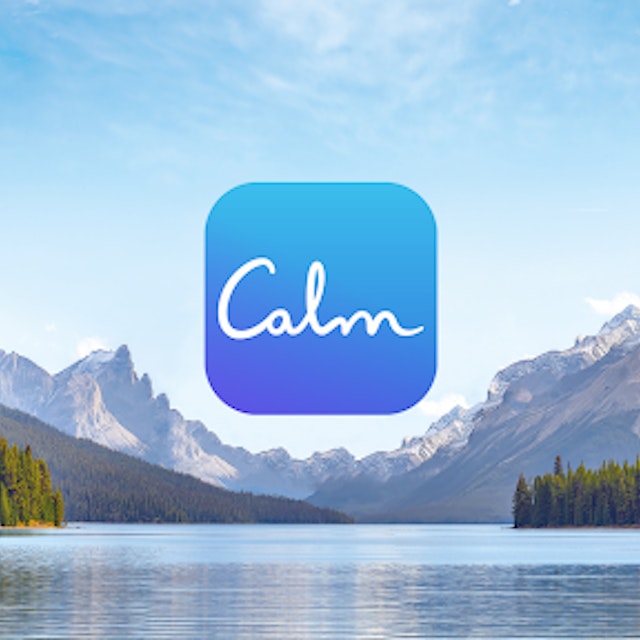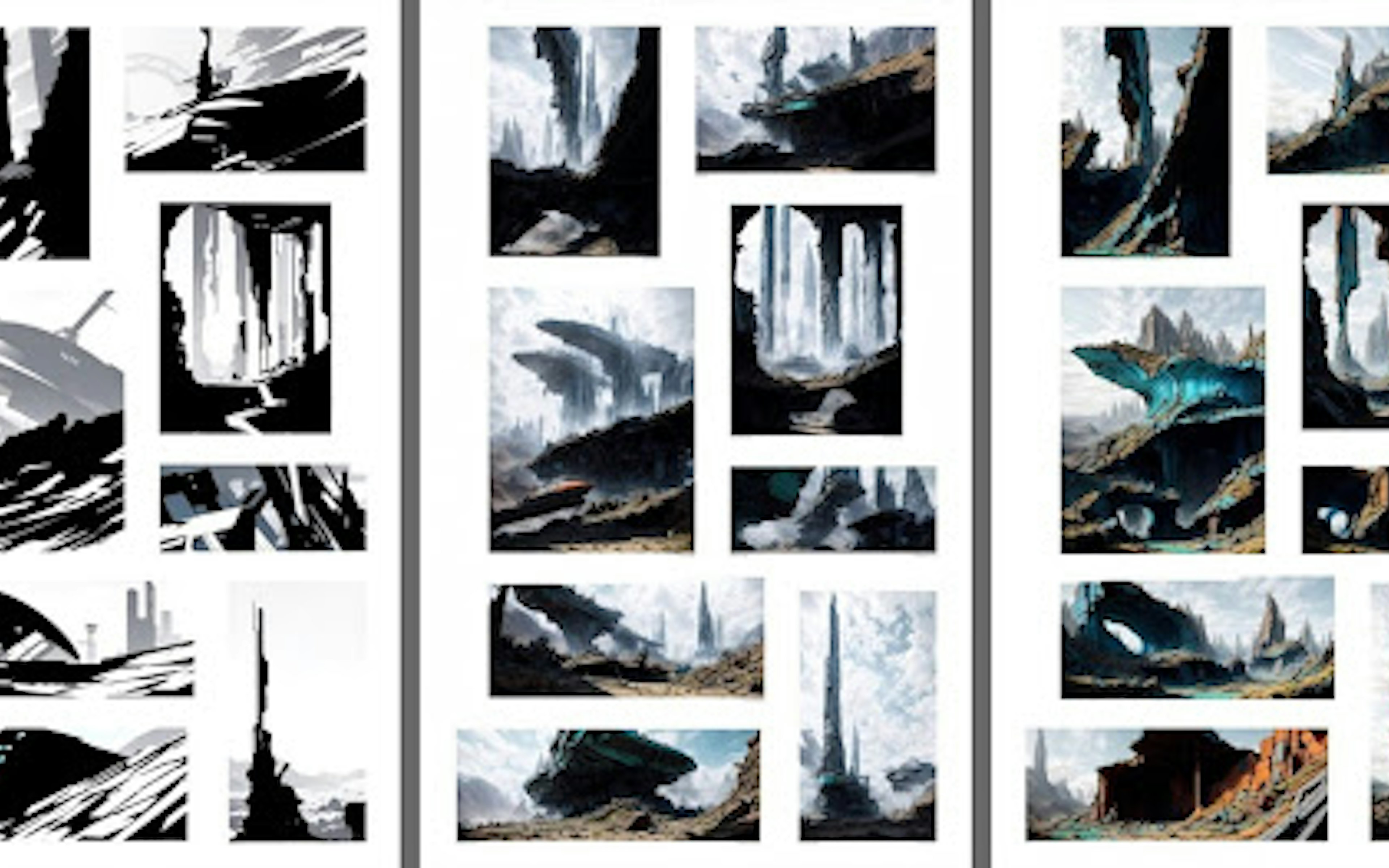Why Human-Led AI Feels Better—And Performs Better Too
Design teams shouldn’t fear AI. They should lead it. Here’s why human input makes AI-powered content more strategic, more creative, and more on-brand.
Written byMichaela Brown
Updated onJune 17, 2025

Creativity isn't a prompt—it’s a partnership
AI is changing how we work—but not always how we want it to. When teams go all-in on "AI-first" tools, they often lose control, coherence, and creativity. That’s because great design still starts with human direction. The best AI doesn’t replace your input. It scales it.
Here's why a human-led approach to AI is not only better for your brand, it's better for your bottom line, too.
Key takeaways
AI needs direction—humans provide context, intent, and strategy
Human-led AI results in more brand-safe, emotionally resonant output
Tools like Visual are built around this partnership, not automation for automation's sake
Humans bring the why—AI brings the how
Yes, AI can produce content at the drop of a hat. The machine can easily produce designs and 2,000-word blog posts in seconds. But will the content be relevant to your audience? Will it be intentional? Even though AI can execute faster than humans, it doesn’t execute with purpose.
Emotion still matters (and only humans get it right)
Emotion and repetition play a pretty big role in buying decisions. Creative content that resonates with buyers is more likely to be remembered (and result in a conversion). Influencing emotions and reinforcing your message is a foolproof method for conversion. Human-AI collaboration can help you with blasting your message to multiple channels, but not so much with resonance.
Elements like color, layout, and tone can all influence how users feel. Talented designers have a knack for picking elements that they know will influence customers' feelings. It's not something that can be taught (or prompted). Incorporating elements that influence customers' emotions is only honed by experience and emotional intelligence.
Meditation app calm.com, for example, uses serene imagery and cool colors to evoke a sense of calm for its users. Can you imagine how much harder it would be to relax without those serene images?
Because AI is a machine, it can't pick up on intent. This leads AI to misinterpret prompts and produce content that doesn't align with its intended purpose - and your brand. The strategy, voice, and purpose behind content have to come from human brains.
The most effective creative is born from human insight and scaled by AI.

Image from calm.com/blog.
AI can mimic trends, but it will never be able to create emotional nuance. Human-led creativity is more likely to resonate, convert, and be remembered. Brand safety isn't a filter—it’s a system
AI is a powerful tool; there’s no getting around it. But when left unsupervised, it creates inconsistent and even damaging results. Keep in mind that AI needs constant oversight to be a successful cog in a brand system.
When left to its own devices, AI can hallucinate, and because it's trained on a wide variety of data, it produces varied results and half-truths. Even if prompts don't change. All this to say, AI alone will not keep you on brand.
Human-AI collaboration, however, will keep you on brand and produce assets at scale 🤝.
Humans act as brand stewards; they provide guardrails to protect your tone, style, and brand assets. AI then acts as a tool to help humans produce on-brand assets at scale that will resonate and convert customers.
Collaboration improves outcomes—AI just speeds them up
Working together creates better outcomes. You might have one colleague who comes up with innovative color schemes, another who's a whiz with typography, and someone else who has ten years of experience designing for accessibility. Everyone comes into a project with unique strengths and viewpoints, and collaboration harnesses these unique talents and turns them into a killer design.
Design is iterative by nature. You might build a prototype, have your colleague look at it, and ask yourself, "How can this be better?" AI can empower iterative and collaborative work with rapid prototyping and iteration, but the initial effort should come from a human, not cut them out of the process.
When humans use AI, they can create with speed and control. This co-creation will allow humans to iterate on their work in minutes while staying within brand guardrails.
Human-in-the-loop = better data, better training, better AI
Remember, AI is a tool, and tools are only as good as the humans using them. When humans take charge and train AI to their liking, the machine will continuously create better results. Here’s what that process looks like:
Human refines prompts
AI produces results (both good and bad)
Human rejects bad results
Human reinforces good ones
This type of human-AI collaboration results in AI that gets smarter for your use case. A tool like Visual, for example, creates templates and then uses human feedback to create effective, on-brand templates.
Human-led AI performs better across the board
AI-led creative lacks resonance and nuance. Human-led creative lacks scale and speed. But human-AI collaboration lets you have your cake and eat it, too. AI and humans working together can scale your brand, increase brand alignment, and create better visual systems. All of which leads to increased trust and conversion.
Let AI amplify you—not override you
AI is a multiplier. But what it multiplies depends on what you feed it. With human-led tools like Visual, you stay in control—so your brand shows up clearly, consistently, and creatively.
Sign up to hear more exciting updates from Visual.


